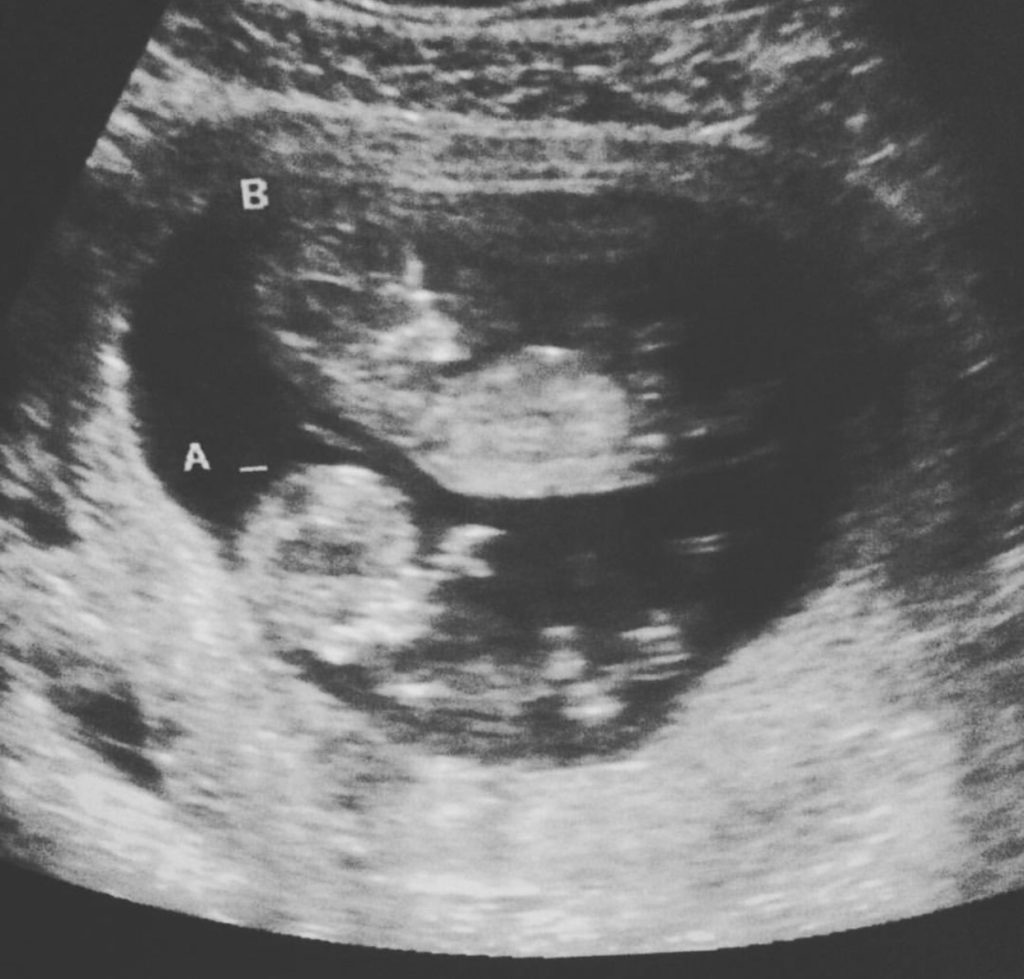

Table 1 shows the complications of monochorionic multifetal gestations, along with the diagnostic criteria and best time in gestation for diagnosis.

Current recommendations include monthly ultrasound for fetal growth throughout pregnancy for all multifetal gestations. Selective fetal growth restriction complicates up to 15% of twin pregnancies. Stillbirth is more frequent in multifetal pregnancies, particularly in monochorionic pregnancies. First-trimester anomaly scanning is an option in some centers. A search for anomalies by an experienced ultrasound unit is important. Discordant anomalies occur and are more frequent in monochorionic pregnancies. Preterm birth occurs in the majority of multifetal gestations and this fact needs to be included in the counseling early in gestation. It is important to prepare the couple for this possibility so that they are not confused or devastated if later in gestation they must be told there is a singleton pregnancy. Vanishing twin occurs in 21% to 63% of first-trimester twin pregnancies. For monochorionic pregnancies, all of the above and twin-to-twin transfusion syndrome (TTTS), twin reverse arterial perfusion syndrome (TRAP), MA twins, and conjoined twins. The “ipsilon sign,” the finding of 3 thick intertwin membranes at the juncture of all 3 in the middle of the uterine cavity, demonstrates trichorionicity in a triplet pregnancy (Figure 8).ĭiscussion of the unique dangers of multifetal pregnancy includes the following: For dichorionic pregnancies-increased risk of vanishing twin, preterm birth, discordant anomalies, stillbirth, and selective fetal growth restriction (sFGR or sIUGR). The finding of the “T-sign,” the lack of a triangular projection of chorionic tissue at the same junction, demonstrates monochorionicity (Figures 6 and 7).

Demonstration of the “twin peak” sign, a triangular projection of chorionic tissue between the layers of amnion at the point where the intertwin membrane meets the placental chorionic surface, demonstrates dichorionicity (Figures 3-5). We recommend waiting until 10 weeks’ gestation and using vaginal ultrasound in an attempt to identify the intertwin membrane before making a diagnosis of MA pregnancy. The dichorionic intertwin membrane is very thick and easy to identify in the first trimester (Figure 1), whereas the monochorionic (MC) intertwin membrane is difficult to identify in the late first trimester (Figure 2) or even invisible to ultrasound in the early first trimester and may appear as a monoamniotic (MA) twin pregnancy. When ultrasound is performed in the office to establish pregnancy and a multifetal pregnancy is diagnosed (usually early in the first trimester), it is important that 2 things occur at that moment: determination of chorionicity and discussion of the unique dangers of multifetal pregnancy.ĭetermining chorionicity is best done as early in gestation as possible. Bajoria and Kingdom provide a more detailed explanation of the difference between zygosity and chorionicity. In naturally occurring dichorionic pregnancies, approximately 70% are dizygotic, 30% monozygotic. Zygosity and ChorionicityĮssentially all monochorionic pregnancies are monozygotic, with rare exceptions. The division of 1 fertilized zygote into 2 is a teratogenic event, which can produce discordant malformations and discordant growth. The distinction between monochorionic and dichorionic twin pregnancies is critical to defining risk of morbidity and mortality and all efforts should be undertaken to determine chorionicity as early in gestation as possible. Related: Using ultrasound to recognize fetal anomalies, part 1 Part 2 of this article discusses the conditions that are unique to multifetal pregnancies. Early imaging is key to detecting anomalies, some of which are unique to multiple gestations and some that also occur with singletons.Īny anomaly that occurs in singletons can occur in 1 fetus in a multifetal pregnancy.


 0 kommentar(er)
0 kommentar(er)
